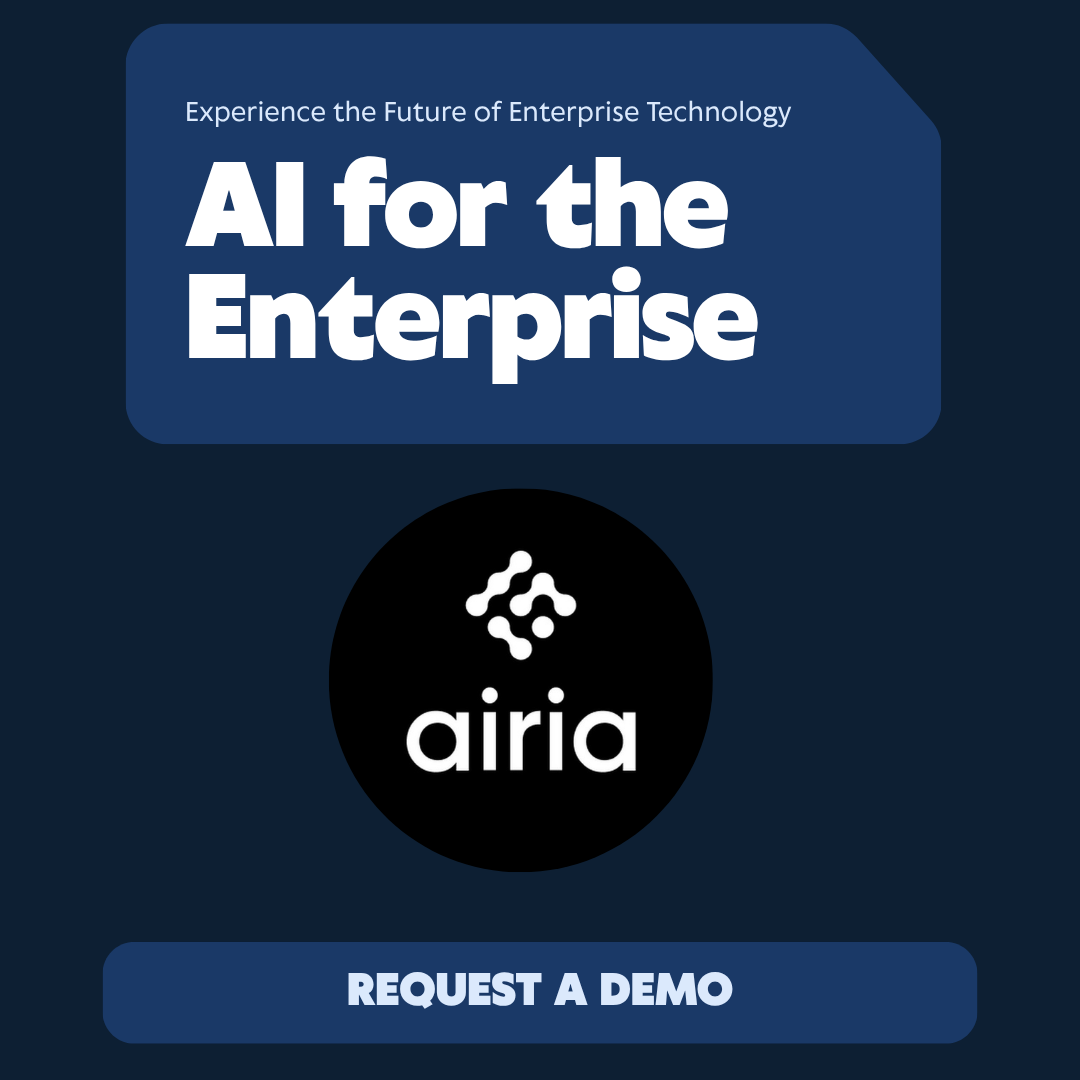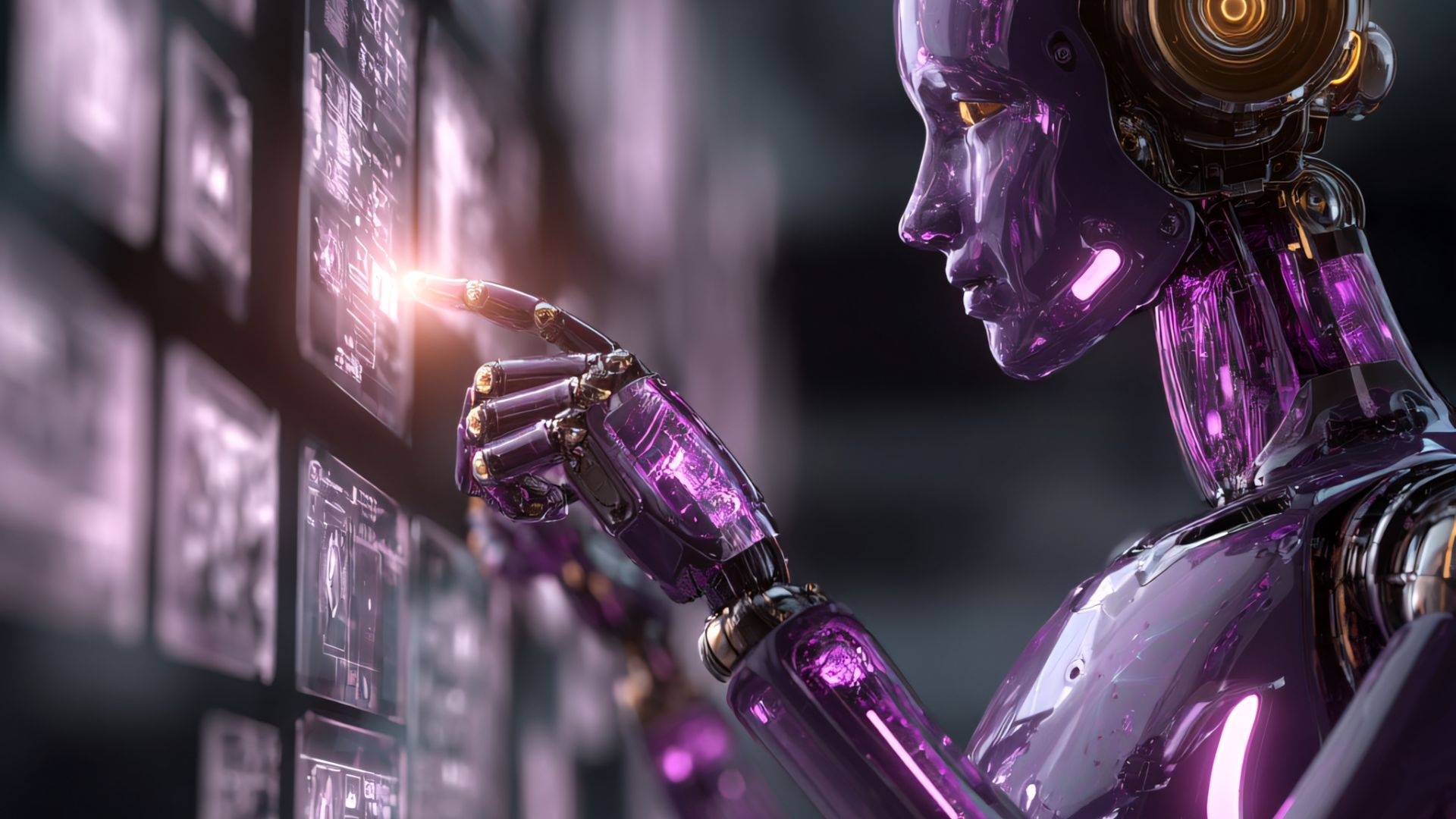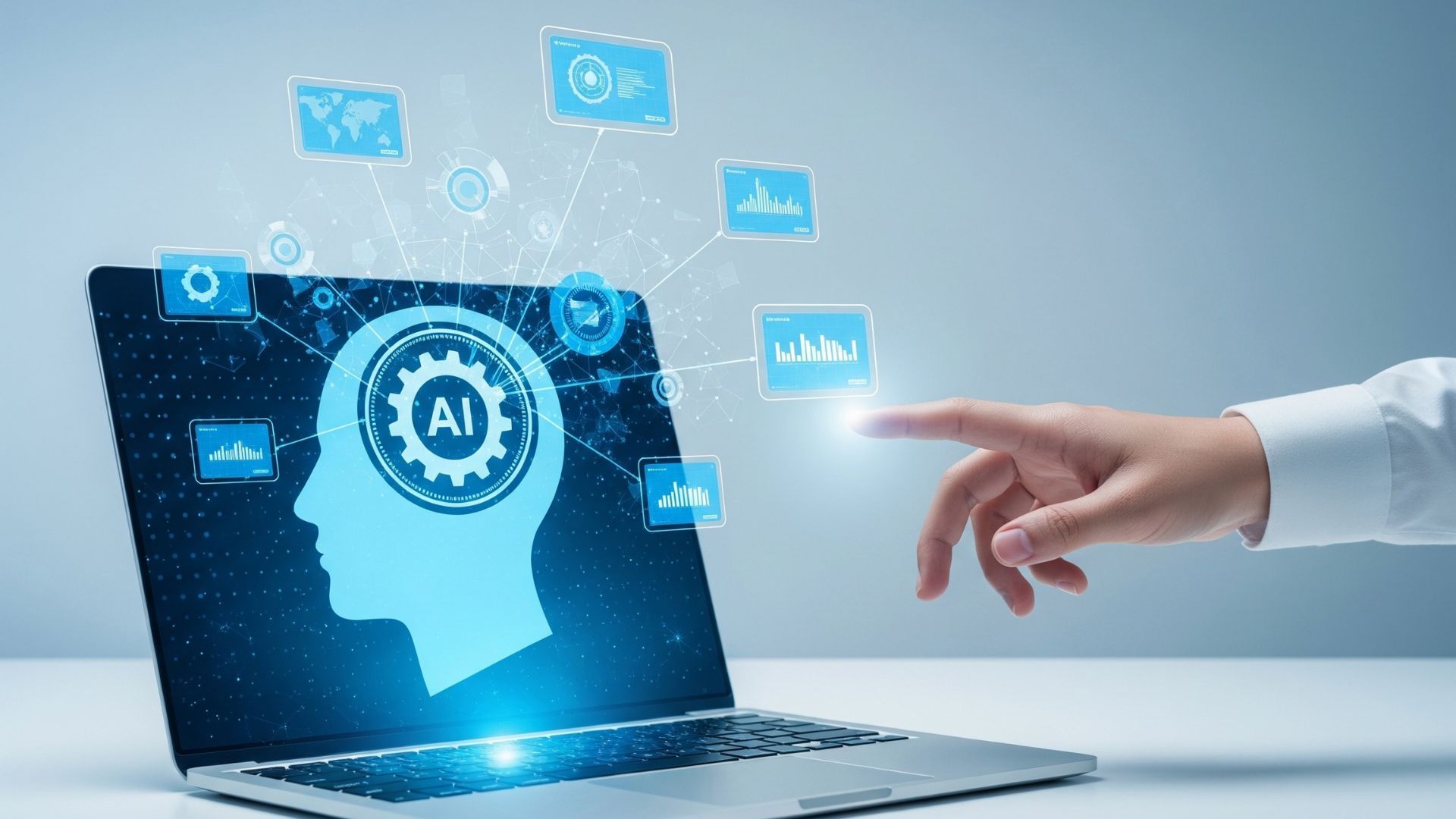Smart Assistants That Actually Understand You
The Evolution
of
AI Assistants
AI assistants used to be a novelty — digital tools that could set reminders, read the weather, or stumble through a web search. But today’s assistants are becoming something entirely new:
context-aware digital coworkers capable of reasoning, anticipating needs, and holding real conversations.
This evolution is driven by breakthroughs in
large language models (LLMs), memory systems, and on-device learning. The result? Smart assistants that don’t just listen — they understand.
From Reactive
to Proactive
The first generation of virtual assistants (Siri, Alexa, Google Assistant) relied on pre-programmed commands. They were reactive by design: you gave an instruction, they followed it.
Next-gen assistants — like
Rewind.ai,
Rabbit R1, and
ChatGPT-based copilots — take a completely different approach. They interpret context, learn preferences, and even suggest next steps. Instead of waiting for a command, they act as collaborators who anticipate your intent.
Example:
- Rewind.ai doesn’t just search your computer — it remembers everything you’ve seen, heard, or typed, giving you a searchable “memory” of your digital life.
- Rabbit R1, powered by natural-language task automation, can log into your favorite services and perform actions — like ordering, scheduling, or summarizing — on your behalf.
Supply Chain Secrete Sauce
Free Distribution KPIsWhy This Matters for
Business Users
For business professionals, these assistants represent more than convenience — they represent
a new layer of productivity intelligence.
Smart assistants can now:
- Analyze data across tools like email, Slack, and CRM platforms
- Draft reports, proposals, and meeting summaries in seconds
- Schedule, research, and manage workflows autonomously
- Learn company vocabulary and adapt to specific roles or departments
In short, they don’t just save time — they
think with you.
AI Assistants and Privacy: The Balancing Act
The more an assistant learns, the more data it collects — and that raises important privacy questions. The best new tools address this head-on through
local data storage,
encrypted memory, and
custom AI models that operate entirely on-device.
Rewind.ai, for instance, processes information locally and encrypts everything it remembers. Others, like
Apple Intelligence and
Anthropic’s Claude, are building AI architectures that preserve context without compromising confidentiality.
The future of AI assistants depends on trust — and trust will depend on transparency.
What’s Next:
AI That Understands Emotion and Intent
Emerging models are already being trained to detect tone, emotion, and sentiment — not just meaning. This is the frontier of
empathetic AI — systems that respond not just correctly, but appropriately.
Imagine a project manager that notices stress in your tone and offers to prioritize tasks, or an assistant that tailors communication style to match your client’s preferences. These emotional and behavioral cues are what will make AI assistants truly human-centered.
Key Players
Redefining the Space
- Rewind.ai — Contextual memory engine for personal and professional life
- Rabbit R1 — Hardware-based personal assistant that performs real tasks via AI APIs
- ChatGPT / GPT-4o — Conversational multimodal reasoning across text, image, and voice
- Microsoft Copilot — AI embedded in Office and enterprise apps
- Apple Intelligence (2025) — On-device hybrid AI for secure personal context
The Bottom Line
Smart assistants are no longer sidekicks — they’re becoming strategic partners. In a few short years, they’ve moved from
command-based tools to
collaborative digital minds that integrate across your devices, data, and daily workflow.
The future belongs to those who learn how to work with AI, not just use it.
Gain Your Advantage
At GAIN Magazine, we explore how artificial intelligence is transforming work, creativity, and leadership.
Subscribe to stay ahead of what’s next in AI















